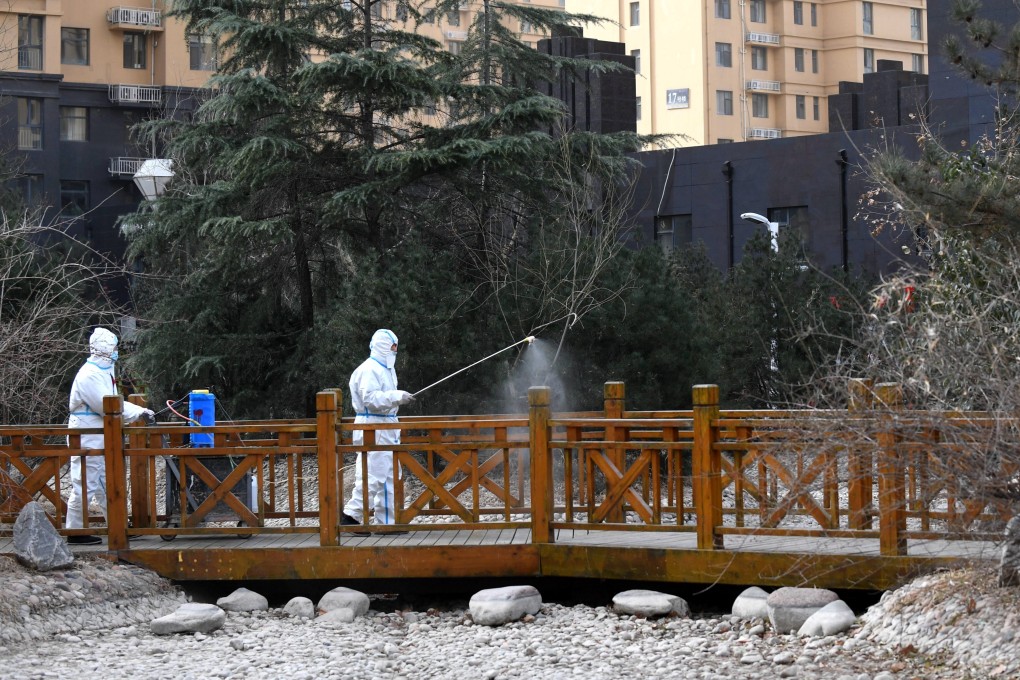Advertisement
China reports first Covid-19 death in 8 months as thousands of Hebei residents are evacuated
- People moved to quarantine facility from high-risk parts of Shijiazhuang, Hebei’s provincial capital
- CDC chief backs small-scale ‘whack-a-mole’ lockdowns to try to contain the outbreak
Reading Time:2 minutes
Why you can trust SCMP
5

China has reported its first Covid-19 death since May as its northern province of Hebei battles an outbreak that also prompted the evacuation of thousands of residents of high-risk areas to a quarantine facility.
Hebei’s health commission on Thursday reported 81 new cases, 75 of them in its provincial capital Shijiazhuang, taking the total for its current outbreak to 463 known active infections.
About 5,500 people from three villages in Shijiazhuang’s Gaocheng district, which has been classed as high-risk, were evacuated to a quarantine site at a vocational college on Wednesday, while a second round of mass testing began.
Advertisement
Nationwide, 138 new infections were recorded – 14 of them imported and the rest local transmissions – taking China’s total infection tally to almost 88,000, with more than 4,600 deaths.

01:50
Coronavirus: Hebei province reports 120 new local cases in China’s biggest Covid-19 rise in months
Coronavirus: Hebei province reports 120 new local cases in China’s biggest Covid-19 rise in months
Shijiazhuang, home to 11 million people, has been under lockdown since Wednesday last week, as has the neighbouring city of Xingtai.
Advertisement
Advertisement
Select Voice
Choose your listening speed
Get through articles 2x faster
1.25x
250 WPM
Slow
Average
Fast
1.25x